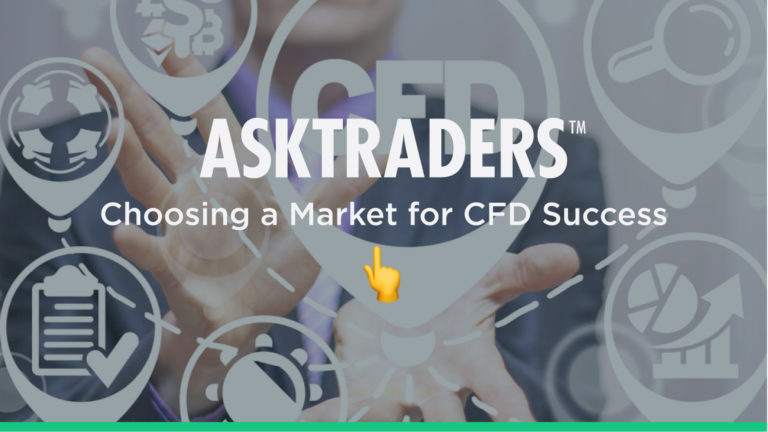
CFDs are available on literally thousands of individual markets, which means that there are virtually unlimited opportunities open to traders. Of course, popular markets such as forex and shares dominate the sector, but various commodities and even interest rates set by central banks are also areas of intense focus for CFD traders. Read on to learn from about the CFD market.
Although the concept of emotionless trading can work to great effect when taking a CFD position because traders never actually own the underlying asset, the adage of “trade what you know” also has importance. An investor's own knowledge of certain areas can help spot trends and predict market movements.
No matter which strategies or tactics that CFD traders might use, the choice of the market to become involved in an underlying asset to take a position on are ultimately some of the biggest keys to success. Therefore, identifying which trading opportunities in which markets are likely to work best for trades plays a big part in developing an individual trading style that leads to success.
Limits
When it comes to choosing markets, some investors do not like to limit themselves, while others prefer to find niche areas that they can concentrate on. Of course, as CFD trades can cover such a variety of originating assets, an undisciplined or inexperienced trader can become overwhelmed with the sheer amount of choices on offer.
Much in the same way that a new CEO would take an overview of a company's entire operations, assets and market position, CFD traders looking to find markets to deal in should first look at their own requirements, ambitions and targets before taking the first steps.
Pinpointing the right market
A lack of focus can lead to a scatter-gun approach to CFD trading that does not use the wide range of markets available to any good effect. The main advantages of having such a large variety of trading options are that moves can occur quickly and funds do not tie into one particular sector. If traders ignore or abuse this concept, then this can lead to a portfolio based on little more than hunches and gut feelings.
Although some of the most successful traders in the world may claim this as their talent and secret to success, for the vast majority, rewards come from careful decision-making based on accurate data.
Analysis
The various analysis tools available to CFD traders, such as technical tools, fundamental tools, charts and generalized news-based approaches, mean that there is no excuse for taking a position that is not based on solid data. Of course, the real trick is to interpret information gleaned from a chosen method of analysis correctly.
Targeting specific markets can make analysis much easier, and drawing conclusions from it can be far more straightforward. Applying filters that narrow down the scope of possible trades not only helps a trader concentrate on the work at hand but also allows for analysis that offers clearer predictions and forecasts.
Well-defined markets
This way of targeting narrower, well-defined markets lets a CFD trader have more accurate trending insights and take a more informed decision on likely price movements. Whether this means taking a generalized interest in forex or a particular stock exchange or going deeper and focusing on individual currency pairs or industry-specific stocks, data becomes easier to manage and decision-making is also streamlined.

The niche
For some CFD traders, the idea of having a niche is anathema and completely opposite to the concept of the 24/7 globally based trading environment that using CFD instruments offers. However, if some form of specialisation is a trading tool, even if this is simply down to choosing a wider market to operate within rather than a specific industry sector, it means that other advantages can follow.
Understanding analogous industries and building up transferable knowledge can come from targeting specific investment areas in the first place. By knowing how one forex pair develops. a trader might gain insight into how another might be likely to perform. Likewise, although the idea of “emotion-free” decision-making lies at the heart of CFD trading for many people, seeing how one start-up moves forward can be an important learning curve that provides wisdom in similar cases at some point in the future.
Risks and rewards
Risk management is essential for trading in any leveraged product, and of course, this applies to CFDs. Using various damage limitation strategies is an essential part of taking CFD positions, and traders can even automate them. This is another aspect of how choosing the right market is key for success, especially as the popularity of trading CFDs increases around the world.
Flexibility is such a big part of the appeal of CFD trading, but it can be a challenge for those just starting out, as there is so much choice in so many areas. For a process that really comes down to deciding whether the price of a given asset will go up or down, the simplicity of the underlying principle can hide behind by the sheer wealth of options open to a trader.
While the risks need understanding and management, the rewards can be plentiful. The balance lies in knowing exactly how to choose the right market for success.
People Who Read This Also Viewed:
